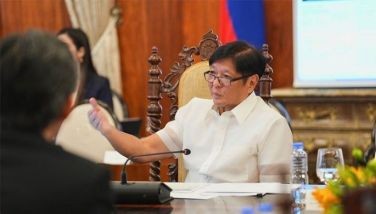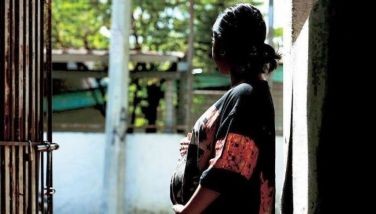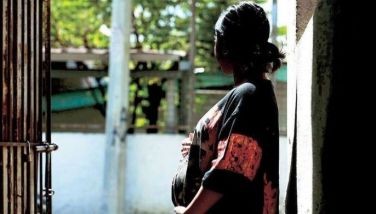Changing roles: How some residents are coping with Boracay closure
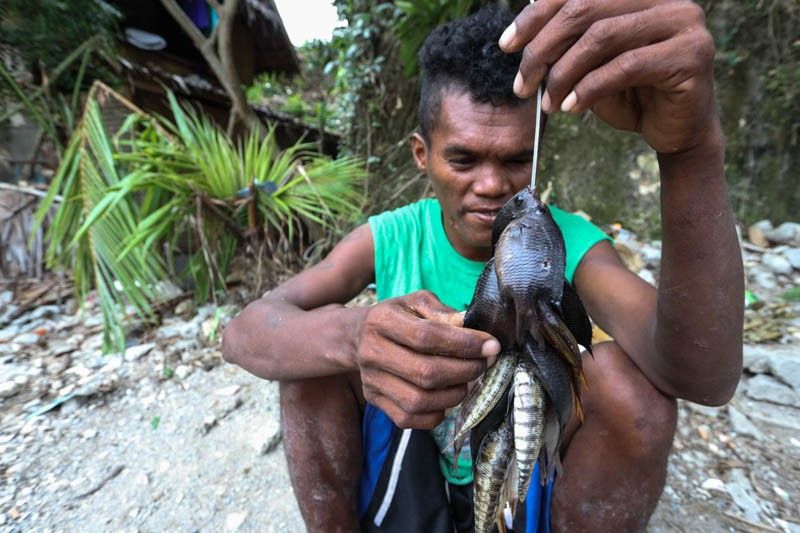
AKLAN, Philippines — Janet Daguno and Elizabeth Cooper are fish vendors in Boracay who were forced to work following the closure of the island to tourists.
These fish vendors were just two of the thousands of workers who had to change roles and jobs after President Rodrigo Duterte implemented a temporary closure of the world-famous island to tourists starting April 26.
"Before the closure, our husbands worked as boatmen. We didn't work then. Now, we’re forced to take whatever jobs we can," Daguno told Philstar.com in an interview more than a month after the island was closed down.
Island closure leads to drastic decline in income
From a daily income of P500, Daguno said they are now just earning P200 a day, just enough for their food expenses.
While there are some residents who were forced to work, others had no choice but to change their jobs.
Prior to the closure of Boracay, the government’s recommendation to shut it down to tourists was met with criticism from business owners and workers worrying about where they will get money for the next six months.
Several business establishments, including resorts and restaurants, island also decided to close down temporarily, displacing workers.
Raffy Sarabia used to be a tour guide helper to Korean tourists but now drives a motorcycle for money.
Sarabia lamented the disparity of income now against when the island was open to tourists. He said he now earns a meager P300 a day.
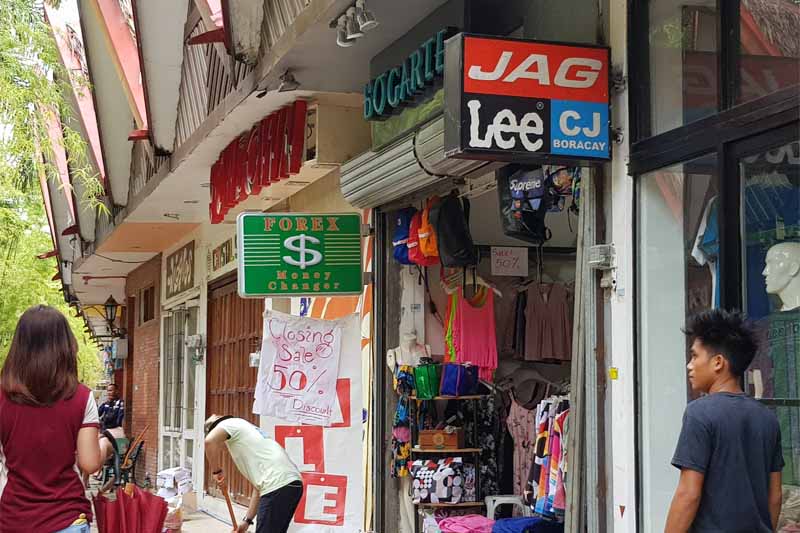 Life goes on in the island of Boracay despite the lack of tourists and amid shuttered businesses. Philstar.com/Rosette Adel
Life goes on in the island of Boracay despite the lack of tourists and amid shuttered businesses. Philstar.com/Rosette Adel"Grabe. We used to earn as tour guides. But now, we're hungry. Our income has been halved. We used to earn P1,200, but now we're thankful to get even P500," Sarabia shared with Philstar.com.
Like Sarabia, musician Dean Santamaria, who’s part of the group of artists on the island composed of tattoo artists, fire dancers, among others, also changed his job following the closure.
He now works as a part-time caretaker and watchman of a hotel where his wife used to work. He also performs at a sports bar at night.
The musician shared he and his wife were given a place to stay in exchange for looking after the hotel.
Mike Deniega, who is also in the band, lamented how the closure has lowered their talent fee.
“But, of course, if you’re going to ask us, our talent fee [went down] from 100 percent to 20 percent. We live with it because it's better than nothing,” Deniega said.
READ: Show must go on: How Boracay's closure created the Calamity Survival Band
John Michael Leaban, who retained his work as a tricycle driver, also said he feels the drop in income.
“Before, we earned a lot. Now, our income is just one fourth (of what we used to get),” Leaban said.
Leaban said since there are no more tourists on the island, he ferries fewer people across the island.
The loss of tourists was also a huge factor in changing the roles that workers who retained their jobs play on the island.
Malay Auxilliary Police Ronie Balagot said he used to manage traffic on the island. Now that the island is closed to tourists, he just helps clear the roads for the government’s road widening project.
“Unlike before, there were several vehicles, now this is just our role, assist those who conduct demolition for roads,” Balagot shared.
Before the closure, Sen. Joel Villanueva chair of the Senate Committee on Labor, Employment, and Human Resources Development, said that around 36,000 workers could lose their jobs alongside the P56 billion in revenues that will be lost during the closure.
READ: Senators on Boracay closure: What about the displaced workers?
'Funds for displaced workers enough'
Local Government Undersecretary Epimaco Densing III played down the concerns and said that the decision to shut down the island was well thought out. He said that there were contingency plans for everyone including the workers.
“There is a budget. It’s not true, what they said prior to the closure that 36,000 employees will lose their job,” Densing said last Monday on CNN Philippines’ “The Source.”
“I've been telling beforehand, I made my estimates there are only around 15,000 to 20,000. At the low side is 15,000. Why? because the population of the island is only 32,500. How can you displace workers up to 36,000?” he added.
Johnson Canete, regional director of the Department of Labor and Employment for the Western Visayas, said P400 million was allotted by the government for the Boracay Employment Program Adjustment Measures.
On the other hand, the Department of Social Welfare and Development was also tapped to assist in livelihood programs. In May, the department requested a total of P524 million for the implementation of its Cash-for-Work and Sustainable Livelihood programs.
This budget is also intended for other DSWD services to further assist the affected residents and workers in Boracay.
The DSWD also provided a total of P7.1 million in transportation assistance to displaced workers and residents of Boracay who decided to exit the island.
- Latest
- Trending
















